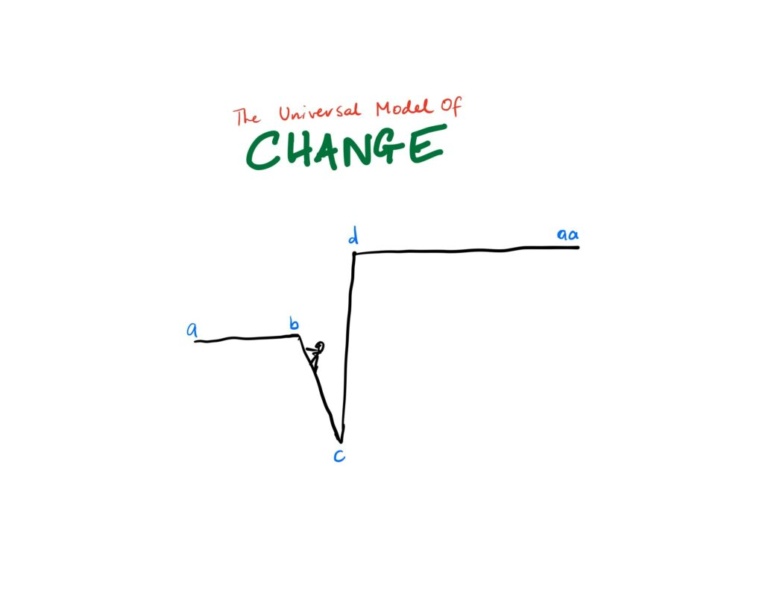Why You Have the Sales Results You Do
Read that quotation again… slowly.
You may not like the message, but the truth is that the results you are getting are directly related to the sales system you are implementing.
In my NLP Master Practitioner Certification courses, I teach a powerful tool known as strategy elicitation. I introduce this by talking about the strategies / habits / systems people implement in daily life without recognising them. Almost everyone has a particular way of doing things ranging from the way you dry yourself after bathing, or get into bed, to the way you design complex electrical systems or plan a trip into space.
Whether you recognise it or not, you have a sales system. The question you need to ask is: “Does my sales system deliver the results I want?”



